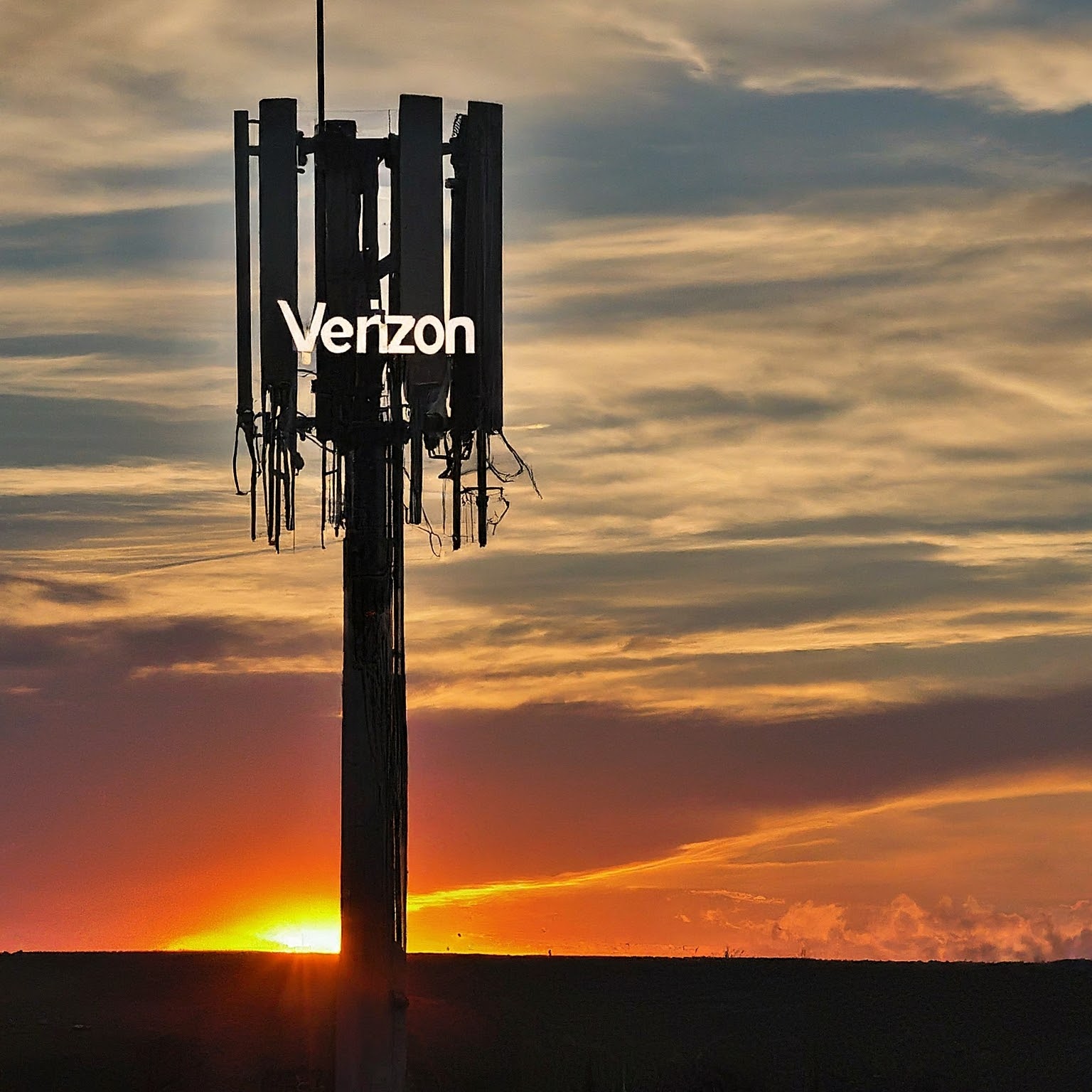In today’s digital age, a reliable internet connection is essential for work, education, entertainment, and staying connected with loved ones. However, rural communities often face significant challenges in accessing high-speed internet due to infrastructure limitations and geographical constraints. Verizon, recognizing the importance of bridging the digital divide, is actively working to expand its Verizon rural internet offerings, leveraging innovative technologies like 5G and LTE to bring connectivity to underserved areas.

This exclusive article will explore the various options available for Verizon rural internet, their advantages, limitations, and how they compare to other rural internet solutions.
The Challenges of Rural Internet Access
Rural areas often face unique challenges when it comes to internet access:
- Limited Infrastructure: Many rural communities lack the infrastructure necessary to support traditional wired internet connections, such as cable or fiber optic lines. This can make it difficult and expensive to extend broadband services to these areas.
- Geographical Barriers: The vast distances and rugged terrain in rural areas can pose challenges for network deployment and signal propagation. This can result in slower speeds and less reliable connections compared to urban areas.
- Lower Population Density: Rural areas typically have lower population densities compared to urban areas, making it less economically viable for internet service providers (ISPs) to invest in infrastructure upgrades.
These challenges have contributed to a significant digital divide between urban and rural areas, limiting opportunities for education, economic development, and access to essential services for rural communities.
Verizon Rural Internet Solutions
Verizon offers two primary solutions for rural internet access:
- Verizon 5G Home Internet
Verizon 5G Home Internet is a fixed wireless service that utilizes Verizon’s 5G Ultra Wideband network to deliver high-speed internet to your home. It’s a simple plug-and-play solution that doesn’t require any complicated installation or wiring.
Advantages:
- High Speeds: 5G Home Internet offers download speeds of up to 1 Gbps, making it suitable for streaming, gaming, and other bandwidth-intensive activities.
- No Data Caps: Verizon 5G Home Internet plans come with unlimited data, so you can use the internet as much as you want without worrying about overage fees.
- Easy Installation: Setting up 5G Home Internet is easy and can be done in minutes without the need for a technician visit.
Limitations:
- Limited Availability: 5G Home Internet is currently available in select areas with 5G Ultra Wideband coverage.
- Requires Line of Sight: The 5G receiver needs a clear line of sight to a nearby cell tower to function optimally.
- Verizon LTE Home Internet
In areas where 5G is not yet available, Verizon offers LTE Home Internet, which utilizes the company’s 4G LTE network to provide broadband internet access.
Advantages:
- Wide Availability: LTE Home Internet is available in more areas compared to 5G Home Internet.
- Easy Installation: Like 5G Home Internet, LTE Home Internet is a plug-and-play solution that doesn’t require any complicated installation.
- No Data Caps: LTE Home Internet plans also come with unlimited data.
Limitations:
- Slower Speeds: LTE Home Internet speeds are generally slower than 5G Home Internet, although they are still sufficient for most everyday activities.
- Requires Good Signal Strength: The LTE Home Internet device needs a strong 4G LTE signal to function optimally.
Comparing Verizon Rural Internet to Other Options
Let’s compare Verizon rural internet options with other common solutions for rural connectivity:
| Technology | Advantages | Disadvantages |
| Verizon Fios | Fastest speeds, most reliable | Limited availability (not yet available in most rural areas) |
| Verizon 5G Home | Fast speeds, no data caps, easy installation | Limited availability (requires 5G Ultra Wideband coverage) |
| Verizon LTE Home | Reliable, no data caps, easy installation | Slower speeds compared to Fios and 5G Home |
| Satellite Internet | Available in very remote areas | High latency, can be affected by weather conditions |
| DSL | Widely available | Slow speeds, limited bandwidth |
Choosing the Right Verizon Rural Internet Plan
When choosing a Verizon rural internet plan, consider the following factors:
- Availability: Check which Verizon internet service is available in your area.
- Speed Needs: Determine how much speed you need based on your internet usage.
- Budget: Consider your budget for monthly internet service.
- Contract Terms: Review the contract terms and any potential early termination fees.
Conclusion
Verizon rural internet is bridging the digital divide, bringing high-speed connectivity to underserved communities. With its Fios, 5G Home Internet, and LTE Home Internet offerings, Verizon is providing rural residents with more options for reliable and affordable internet access. As Verizon continues to expand its network and invest in new technologies, the future of rural internet looks brighter than ever.